Top star trackers 2025 : Polaris vs SkyGuider Pro vs Star Adventurer Mini,
Top star trackers 2025: Polaris vs SkyGuider Pro vs Star Adventurer Mini
\nChoosing a star tracker for astrophotography may seem complex: tomorrow, technical requirements evolve, mounts multiply and the trade-offs between precision, portability and budget are not always easy to evaluate. This guide aims to illuminate the key criteria, to compare three popular models and to propose recommendations tailored to your level and budget. After all, the goal of a tracker is to compensate for the Earth's rotation to achieve longer exposures and, above all, sharp images of stars, planets, eclipses or nebulae without bright trails.
\n\n1. Presentation of the examined models
\nWe highlight three trackers widely appreciated for consumer and semi-professional astrophotography:
\nBenro Polaris
\n- \n
: Motorized tracker with integrated controller, designed for standard cameras and lenses. \n : advertised around 2.5 kg, which suits most camera + medium lens configurations. \n : solid stability, integrated control and smart polar alignment options; generally robust build and waterproof in some versions; good balance between safety and performance. \n : may be heavier and more expensive than miniature options; requires reliable polar alignment for long exposures without guiding. \n
iOptron SkyGuider Pro
\n- \n
: Autonomous tracker with better guiding capability and architecture suited to deep-sky photography with heavy lenses. \n : around 5 kg (11 lb), allowing use of cameras + telephoto lenses or small telescopes without exceeding limits. \n : excellent stability and flexibility for heavier loads; numerous control and connectivity options; notable versatility for guiding and more complex astrophotography. \n : higher price and initial setup can be technical; size and weight larger than Mini models. \n
Sky-Watcher Star Adventurer Mini
\n- \n
: compact and lightweight version, ideal for beginners or travel, with a simple interface and basic guided modes. \n : about 1 kg, sufficient for a camera without a heavy lens or with a very light lens. \n : maximum portability, small footprint and quick setup; generally the lowest cost of the three models examined. \n : accuracy and stability lower than more robust models; better suited to wide-angle and shorter or guided exposures, rather than heavy loads. \n
2. Essential criteria for choosing
\nTo compare these trackers, keep six key criteria in mind. Each can weigh differently depending on your practice and budget.
\n- \n
: the ability to keep the image field stable during exposure. The higher the precision, the fewer trails and the longer exposures become possible without constant guiding. \n - Load capacity : the maximum mass the tracker can support, camera included. Determine your typical setup (camera + lens) and ensure you stay below the recommended limit. \n
- Characteristics : some models integrate a controller or an app, an autoguiding port, polar alignment modes and autonomous guiding capabilities. \n
- Ease of setup : time required to perform polar alignment, calibrate the system and start shooting. Simple interfaces and step-by-step guides greatly help beginners. \n
- Portability and footprint : weight and dimensions affect transport, travel and field setup (tripod, pillar, etc.). \n
- Price and value : the initial cost, but also the total cost (accessories, battery, potential app subscriptions). The value-for-money ratio can vary depending on intended use. \n
3. Comparison by criterion
\nQuick summary of the advantages and limitations of each model against the criteria above.
\n- \n
- Polaris — solid precision and integrated controller :\n
- \n
- Advantages: reliable tracking, convenient integrated controller, good resilience to weather disturbances (some versions feature a waterproof design). \n
- Limitations: moderate payload, may be heavier and more expensive than Mini options, gentle learning curve for polar alignment. \n
- Ideal for: medium-sized cameras with a standard lens, planetary imaging sessions and deep-sky imaging with reasonable gear. \n
\n - SkyGuider Pro — robust choice for heavy and long-term use :\n
- \n
- Advantages: high load capacity, excellent stability, suitable for guiding and Deep-Sky imaging with heavy lenses or small telescopes. \n
- Limitations: higher price, heavier setup and transport, requires competent polar alignment. \n
- Ideal for: astrophoto with telephoto/heavy camera and sometimes small telescopes, when deep-sky capability is a priority. \n
\n - Star Adventurer Mini — ultra-portable versatility: \n
- \n
- Advantages: light, quick to set up, affordable, many travel possibilities and light configurations. \n
- Limitations: reduced precision and payload; very long exposures or heavy loads typically require external guiding or careful parameter handling. \n
- Ideal for: beginners, travel, wide-angle configurations (light body + light lens), and quick field tests. \n
\n
4. How do star trackers compensate for the Earth's rotation?
\nTo capture bright targets after sunset, star trackers play a key role by compensating for the apparent movement of the sky caused by the Earth's rotation. Specifically, the tracker’s clockwork module drives two axes, typically Right Ascension and Declination. When a celestial object is pointed, the motor on the right ascension axis turns in the direction opposite to the apparent sky motion, as if slowing and canceling the rotation. This allows images composed of several seconds, or even minutes, without visible star trails across the field.
\nModern trackers also rely on :
\n- \n
- An initial polar alignment to align the rotation axis with the celestial axis. The more precise the alignment, the less the field deforms over exposures. \n
- Autonomous guiding (in some models) that corrects small tracking errors continuously using a guide sensor and, if applicable, external guiding software. \n
- Simple interfaces (mobile apps or built-in controllers) that ease field setup and reduce the time between position and actual imaging. \n
Practically, these systems allow longer exposures with wider fields, including nebulae, galaxies or planetary conjunctions when the lens and camera remain well centered in the frame.
\n\n5. Recommendations by level and budget
\nDepending on your experience and what you plan to capture, here are tips to choose the most suitable model.
\n- \n
- Budget limited : the Sky-Watcher Star Adventurer Mini is ideal to start. Its compact size and lower cost help you learn the basics of guiding and polar alignment, while remaining portable for field outings. Use it with a lightweight camera and a wide-angle lens for satisfying results and easy experiments. \n
- Intermediate seeking more flexibility : the Benro Polaris offers a good compromise between precision and ease of use, with sufficient payload for a camera + medium lens configuration and an integrated controller. It’s a solid option to progress without moving into systems that are too heavy or technical. \n
- Advanced or demanding hobbyist : the iOptron SkyGuider Pro stands out as a robust choice for Deep-Sky imaging and heavier loads. If you plan to use heavy lenses or small telescopes, this model offers greater stability and flexibility, with a suite of advanced features and better guiding tolerance. \n
- Flexible budget and performance-focused : if your goal is the best balance between precise tracking and versatility, consider Polaris for its robustness and integrated controller, while being mindful of cost and weight. If you prioritise payload capacity and more robust guiding, the SkyGuider Pro may justify the higher investment. \n
6. Practical tips to get started
\n- \n
- Before each session, check tripod stability and axis perpendicularity. A stable base and solid staking preserve tracking accuracy. \n
- Perform a precise polar alignment. Even if the tracker has an automatic mode, good polar alignment greatly improves long exposures. \n
- Test with a short guided session to tune parameters (exposure, ISO, and field offset) before committing to longer captures. \n
- Evaluate your targets and your setup: a lightweight camera and a wide-angle lens require less payload capacity and can be more tolerant of longer exposure times. \n
- Consider power and portability: some trackers can be powered by an external battery or USB packs; compactness is an advantage for travel. \n
7. Conclusion
\nThe choice of a tracker mainly depends on what you plan to photograph and your budget. For simple star portraits and nomadic outings, the Sky-Watcher Star Adventurer Mini offers an excellent entry point. For those who want to advance to Deep-Sky imaging with heavier loads, the iOptron SkyGuider Pro provides a robust and versatile solution. Finally, the Benro Polaris combines a user-friendly approach with solid performance and an integrated controller, which may appeal to photographers seeking an all-in-one experience without too many complications. By assessing your goals (planets and eclipses, nebulae, galaxies) and your budget, you will be able to determine the model that will help you achieve long, sharp, repeatable exposures, while staying portable and practical in the field.
\n\nWhichever you choose, keep in mind that the key lies in alignment, stability and regular practice to master guiding and exposure settings. Clear skies and the images that result.
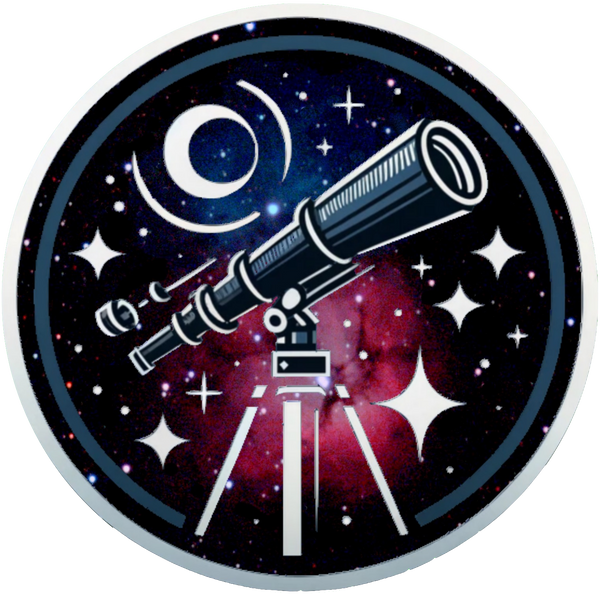
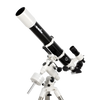 All
All
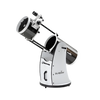 Dobson
Dobson
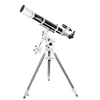 Refractors
Refractors
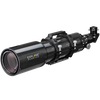 Ed & Apochromates
Ed & Apochromates
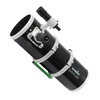 Newtonian reflector
Newtonian reflector
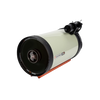 Schmidt Cassegrain
Schmidt Cassegrain
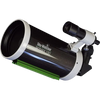 Maksutov-Cassegrain
Maksutov-Cassegrain
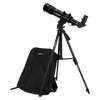 Solar
Solar
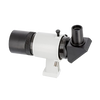 Researcher
Researcher
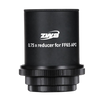 Focal reducer
Focal reducer
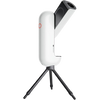 Intelligent
Intelligent
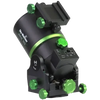 All
All
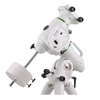 Equatorial
Equatorial
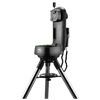 Alt/Az
Alt/Az
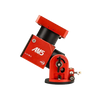 Harmonic
Harmonic
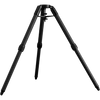 Tripods
Tripods
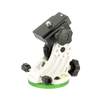 Accessories
Accessories
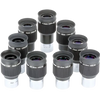 All
All
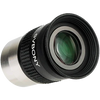 Wide angle
Wide angle
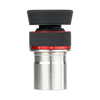 Zoom eyepieces
Zoom eyepieces
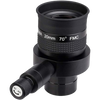 Reticulated eyepieces
Reticulated eyepieces
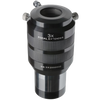 Barlow
Barlow
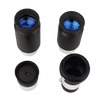 Plössl
Plössl
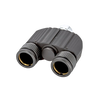 Binoculars
Binoculars
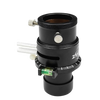 Atmospheric Corrector
Atmospheric Corrector
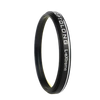 All
All
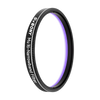 Visual
Visual
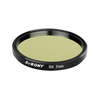 Photo
Photo
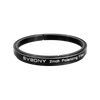 Polarisants
Polarisants
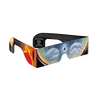 Solar Filters
Solar Filters
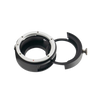 Accessories
Accessories
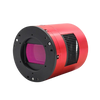 All
All
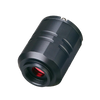 Color Cameras
Color Cameras
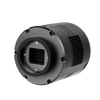 Monochrome Cameras
Monochrome Cameras
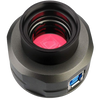 Planetary/Guiding
Planetary/Guiding
 Objectives
Objectives
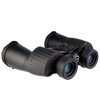 All
All
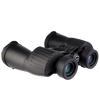 Binoculars
Binoculars
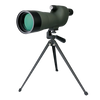 Spotting Scope and Monocular
Spotting Scope and Monocular
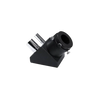 Elbows
Elbows
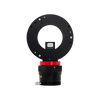 Optical Divider
Optical Divider
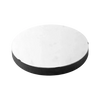 Mirrors
Mirrors
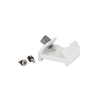 All
All
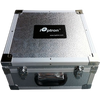 Bags and protections
Bags and protections
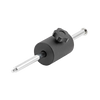 Supports and counterweights,
Supports and counterweights,
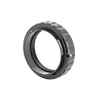 Camera adapters
Camera adapters
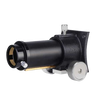 Focuser
Focuser
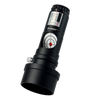 Collimation
Collimation
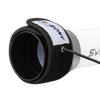 Heating band
Heating band
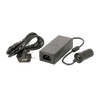 Cables
Cables
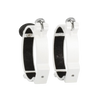 Collars
Collars
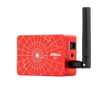 Computers
Computers
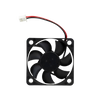 Fans
Fans
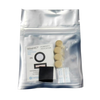 Others
Others
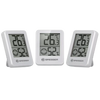 All
All
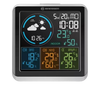 Weather Station
Weather Station
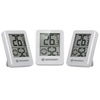 Thermometer
Thermometer
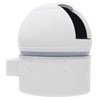 All
All
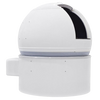 Observatory/Domes
Observatory/Domes
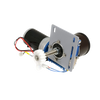 Accessories
Accessories
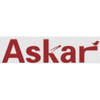 Askar
Askar
 Baader
Baader
 Bresser
Bresser
 Celestron
Celestron
 Explore Scientific
Explore Scientific
 GSO
GSO
 Optolong
Optolong
 Touptek
Touptek
 Vixen
Vixen
 ZWO
ZWO